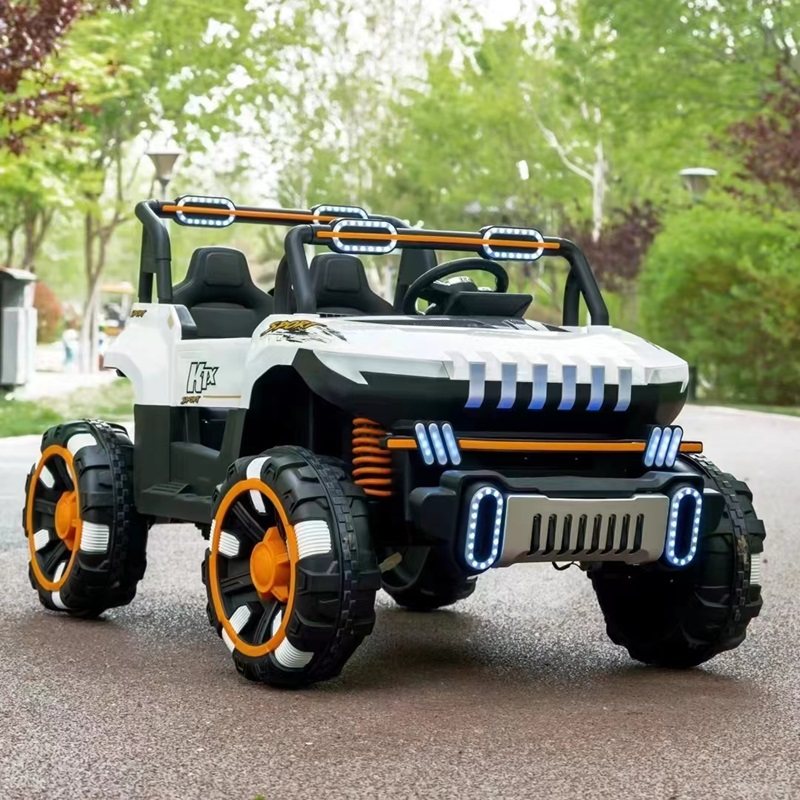Exploring the World of Motorcycles and Scooters for Thrilling Rides and Freedom
The Evolution of Motorcycles and Scooters A Dive into Two-Wheeled Wonders
Motorcycles and scooters have carved a significant niche in the world of personal transportation, offering speed, freedom, and an exhilarating riding experience. As urbanization increases and environmental concerns mount, these two-wheeled vehicles have gained popularity for their efficiency and eco-friendliness. In this article, we explore the evolution of motorcycles and scooters, their cultural significance, and the future of two-wheeled transport.
The Origins of Motorcycles and Scooters
The history of motorcycles dates back to the late 19th century. The first practical motorcycle was built in 1885 by Gottlieb Daimler and Wilhelm Maybach, featuring a simple internal combustion engine. This innovation laid the groundwork for future designs, which have evolved significantly over the decades. Motorcycles quickly became associated with freedom, adventure, and the open road, with iconic models emerging in the 20th century, such as Harley-Davidson's cruisers and Honda's sport bikes.
Scooters, on the other hand, gained popularity post-World War II. Initially designed as a more accessible alternative to motorcycles, scooters like the Vespa and Lambretta became symbols of style and youth culture, especially in Europe. Their compact design and ease of use made them ideal for navigating congested city streets.
Cultural Impact and Lifestyle
Both motorcycles and scooters have had a profound cultural impact, influencing fashion, music, and even films. The rebellious spirit associated with motorcycle clubs, depicted in movies like Easy Rider, has romanticized the biker lifestyle. Scooters, with their sleek lines and vibrant colors, have attracted a different demographic, often reflecting youth culture and urban vibrancy, as seen in films like Quadrophenia.
Beyond entertainment, motorcycles and scooters have fostered community. Clubs and organizations centered around these vehicles bring together enthusiasts who share a passion for riding. This sense of belonging can be particularly appealing in today’s fast-paced world, where connections are increasingly virtual.
Environmental Concerns and Efficiency
In recent years, the environmental footprint of personal vehicles has come under scrutiny. Motorcycles and scooters present a more eco-friendly alternative to larger automobiles. Their smaller engines generally consume less fuel and emit fewer pollutants per mile, making them attractive options for environmentally conscious consumers.
motorcycle motor scooter

Electric motorcycles and scooters are at the forefront of this green revolution. Companies like Zero Motorcycles and scooters like the Gogoro are leading the charge in producing battery-powered options that offer impressive performance with minimal environmental impact. As battery technology improves, these electric alternatives are likely to become more mainstream, promoting sustainable urban mobility.
Technological Advancements
The motorcycle and scooter industry has embraced technological innovation. Modern bikes now feature advanced safety systems, including anti-lock braking systems (ABS) and traction control. Connected technology allows riders to monitor their vehicle's performance and even navigate using GPS functions directly on their dashboards.
Moreover, the rise of smart helmets equipped with head-up displays and communication systems enhances safety and connectivity. These advancements not only make riding more enjoyable but also pave the way for smart transportation solutions in urban settings.
The Future of Two-Wheeled Transport
Looking ahead, the future of motorcycles and scooters promises to be dynamic. With urbanization continuing unabated, the demand for efficient and sustainable transportation options is only expected to grow. Governments worldwide are recognizing the benefits of two-wheeled transport in reducing traffic congestion and lowering emissions, prompting favorable regulations and infrastructure development.
Moreover, the trend toward shared mobility is influencing the industry. Scooter-sharing programs have emerged in cities around the globe, providing an alternative to ownership and promoting the use of scooters for short trips. Electric scooters have particularly thrived in this context, providing a convenient, low-cost entry point for urban commuters.
Conclusion
Motorcycles and scooters represent more than just modes of transportation; they embody a lifestyle that values freedom, efficiency, and community. As these vehicles evolve alongside technological advancements and changing societal norms, they are well-positioned to meet the challenges of the future. Whether carving through the mountains on a motorcycle or zipping through city streets on a scooter, the joy of two-wheeled transport is likely to endure for generations to come.
-
Understanding Voltage in Battery for Children's Motorized CarNewsJun.05,2025
-
Safety Features to Look for in an Electric Car for KidsNewsJun.05,2025
-
How to Teach Your Child to Ride a Kids MotorcycleNewsJun.05,2025
-
How to Prevent Falls on a Balanced ScooterNewsJun.05,2025
-
How to Maintain Your 3 Wheeled Scooter for LongevityNewsJun.05,2025
-
Best Motorcycle Scooters for Urban CommutingNewsJun.05,2025
